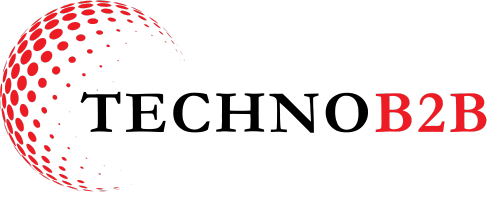What is Internet of Things (IoT) ?
The Internet of Things is a network of physically connected objects that communicate with one another online. The data that these Internet of Things devices gather and exchange with other gadgets, programs, and systems essentially “talks” to us and the other objects to which they are connected.
IoT devices produce a wide range of data types, including biotelemetry, sensory, and industrial sensors.
How does IoT work?
The Internet of Things is a network of linked gadgets. In essence, these gadgets are mini-computer processors that operate on sensor data using machine learning. Smart warehouse cars, fitness trackers, and temperature monitoring for cold storage are just a few examples of IoT gadgets.
Why does IoT matter?
To put it briefly, the Internet of Things is a vast network of interconnected gadgets that is expanding every minute. Currently, about 50 billion IoT devices are in use. In turn, this enormous network of devices creates and exchanges data with other systems or devices that are connected to it. The usefulness of IoT is mostly dependent on data connectivity, which gives users or enterprises access to unprocessed information, insight, and the ability to make informed decisions based on the data’s narrative.
There are numerous advantages to IoT, and more businesses are starting to recognize its potential uses. However, there are drawbacks and hazards related to Internet of Things security and standards.
Although most Internet of Things (IoT) devices are currently consumer-based—think smart TVs, cars, wearable fitness trackers, refrigerators, etc.—businesses are also utilizing IoT through applications like RFID chips, industrial control systems, smart building infrastructure, connected electric meters, security cameras, and industrial control systems.
With the abundance of wireless networks and the affordability of processors, nearly anything can be connected to become “smart,” and when combined with data-generating sensors, this opens up new possibilities for the interaction of the digital and physical worlds.




